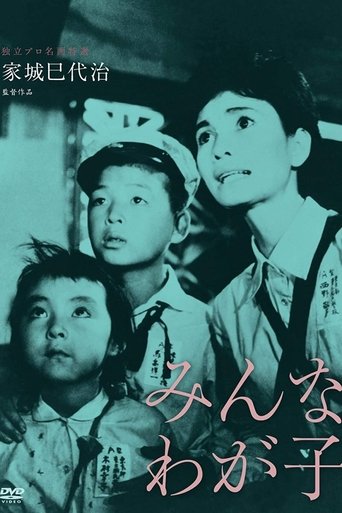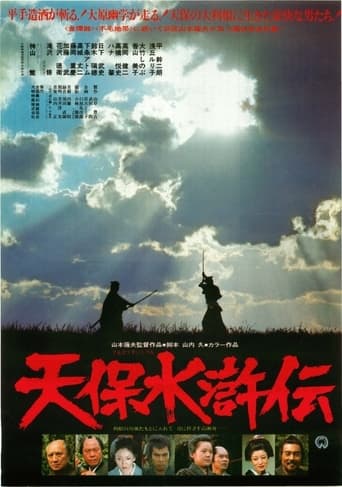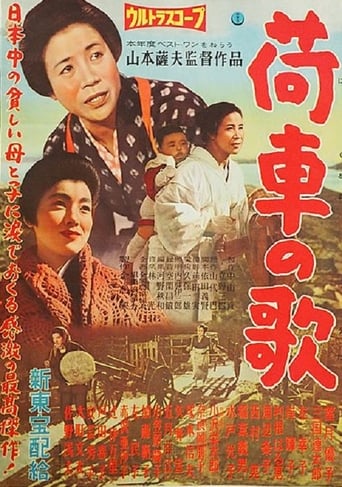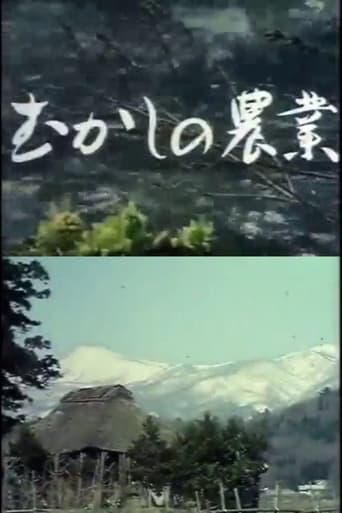Most Viewed From Zen-no-ei
Recommendation to Watch From Zen-no-ei - Watch amazing movies and TV shows for free. No subscription fees, and no credit cards. Just thousands of hours of streaming video content from studios like Paramount, Lionsgate, MGM and more.
-
1984
 Movies
Movies君のふるさとに太陽がのぼった
君のふるさとに太陽がのぼった1 1984 HD
Japanese drama film.
![img]()
-
1962
 Movies
MoviesChibusa o daku musume tachi
Chibusa o daku musume tachi1 1962 HD
Japanese drama.
![img]()
-
1963
 Movies
MoviesAll My Children
All My Children7.20 1963 HD
School teachers responsible for the lives of their students work to evacuate Allied bombings near the end of WWII.
![img]()
-
1976
 Movies
MoviesTenpo suiko-den: ohara yugaku
Tenpo suiko-den: ohara yugaku1 1976 HD
A great famine struck all of Japan: the so-called Great Tenpō famine. It was a time when there were frequent uprisings in rural areas due to farmers losing their land as a result of strict tax collection. The Tonegawa area of Boso was a lawless area for a generation, as two major forces fought against each other: Sukegoro of Iioka, who wields power with his industrial capital behind him, and Shigezo of Sasakawa, a rising yakuza. Furthermore, the successive floods of the Tone River, which could be called fate, forced the farmers into even more poverty and despair. Meanwhile, farmers in Nabe Village continue to live a lethargic life, but agricultural reform is about to begin under the hands of Yugaku Ohara, a ronin who has settled in the village.
![img]()
-
1959
 Movies
MoviesThe Song of the Cart
The Song of the Cart6.60 1959 HD
A lifetime story of a woman who stubbornly lives in a poor mountain village in post-war Japan.
![img]()
-
1988
 Movies
MoviesThe Farming of the old times
The Farming of the old times1 1988 HD
A documentary made at the very end of the Showa era, looking back at traditional agricultural models as they still existed at the beginning of this same era (in the 1930s). A working year is recreated in Kanegasaki (Iwate Prefecture, Tohoku region). From "threshing the paddy fields" with a hoe in April to "filling the ground with barley" in April of the following year, this film photographs seasonal agricultural work and crops such as hemp and chestnuts, showing how the ancestors were engaging their all bodies and using their ingenuity to cultivate. In order to transmit the spirit of their devotion to the earth to future generations, this documentary film faithfully reproduces and records the agricultural tools, the cultivation of rice, wheat and soybeans of yesteryear, which are on the verge of being forgotten.
![img]()






